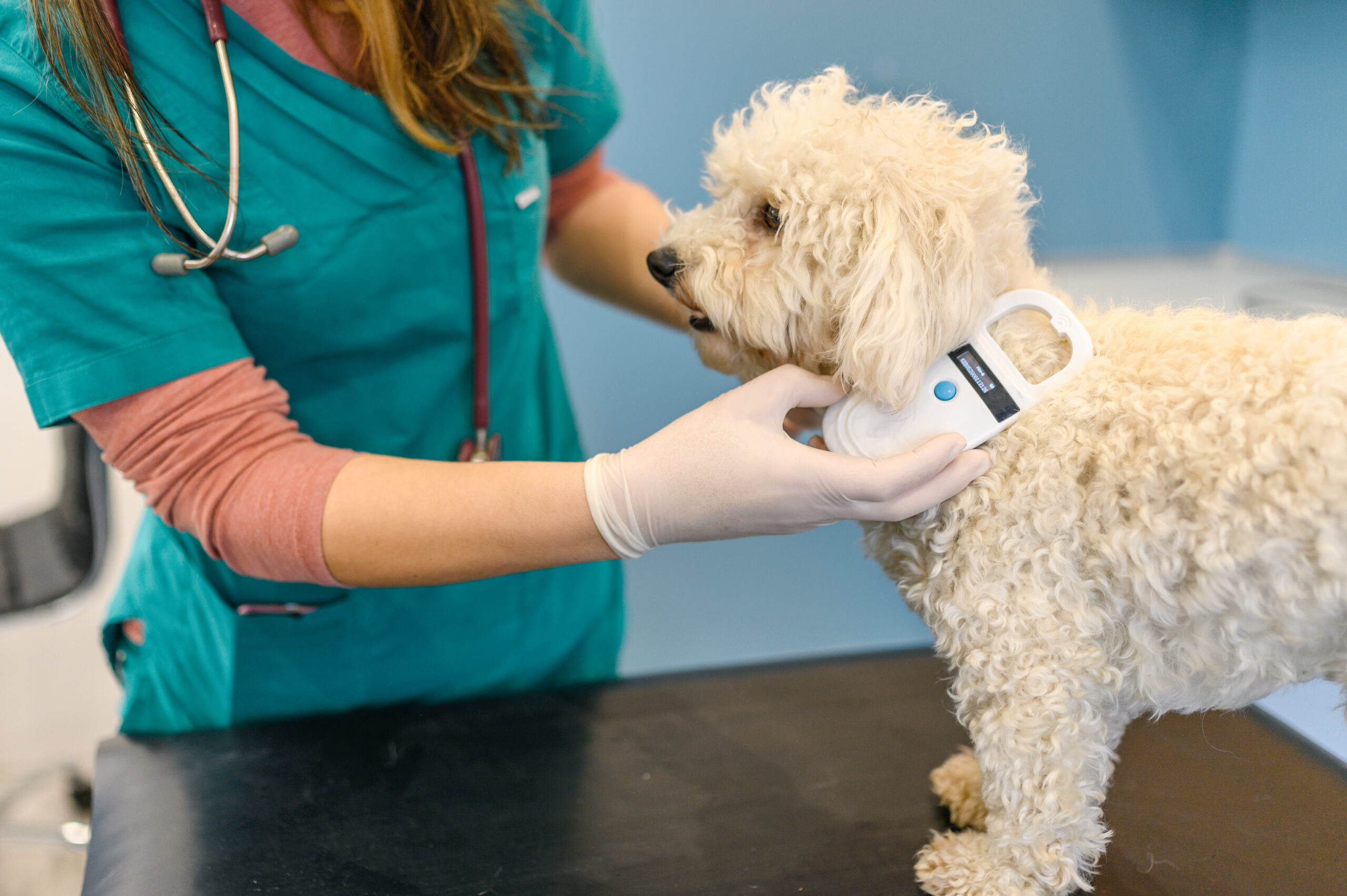There are multiple reasons to have a microchipped dog, but do you know what to expect from this simple veterinary surgery? Today, we’re going to look at what you need to know about the microchipping process and how to prepare your dog for it.
What is a Microchipping Procedure?
Microchips are minute pieces of technology that can be placed under your dog’s skin. These implants have radio frequency identification tags (RFID) and can be scanned to see the information stored on them. The chip is completely passive and does not transmit or have any type of power or battery in it, so it’s quite safe for your pet.
The microchip is sterile and has a code on it that will be associated with your contact information. The chip will be scanned ahead of time while still in the package, then it will be placed into a syringe or application gun. The chip will be placed between your dog’s shoulder blades, just under the loose skin there.
The microchipping procedure is not pain-free, but it usually causes minimal discomfort. Your dog will be required to lie down or stand while the skin is lifted up a little to inject the microchip.
Once the chip is in place, your vet will scan it to ensure the chip can be read where it is positioned. Now you simply need to register the dog’s number and your contact information.
How to Prepare Your Dog for Microchipping
There’s really no need to do anything special with your dog before the microchipping procedure. The process is rapid and doesn’t require fasting or medication, etc. You should discuss with the vet if your dog has any health issues or is on meds. However, for the purposes of microchipping, you can simply bring your dog to the vet.
If you have the time, giving your dog a bath ahead of the appointment is never a bad idea and will ensure they are nice and clean for the procedure.
The Benefits of a Microchipped Dog
Once your dog is fitted with a microchip, it’s far more likely they’ll be returned to you if lost. It’s standard procedure to check a lost dog for a microchip and this can help veterinarians ensure the dog returns home.
It’s also useful if a microchipped dog is stolen. You can prove the dog is yours with a simple scan. Regular checks to ensure the microchip is still working will help your dog feel more comfortable with the vet, as well as reassuring you that they will be found if they go missing for any reason.
Since 2016, it has been a legal requirement for your dog to be microchipped, with a fine of up to £500 if you don’t adhere to this rule. At Bay Vets, we’re happy to microchip dogs to ensure they remain safe and that you, as their owner, are compliant with the law. If you’re yet to have your new dog microchipped, contact us today – we’ll arrange an appointment and answer any questions you may have.





